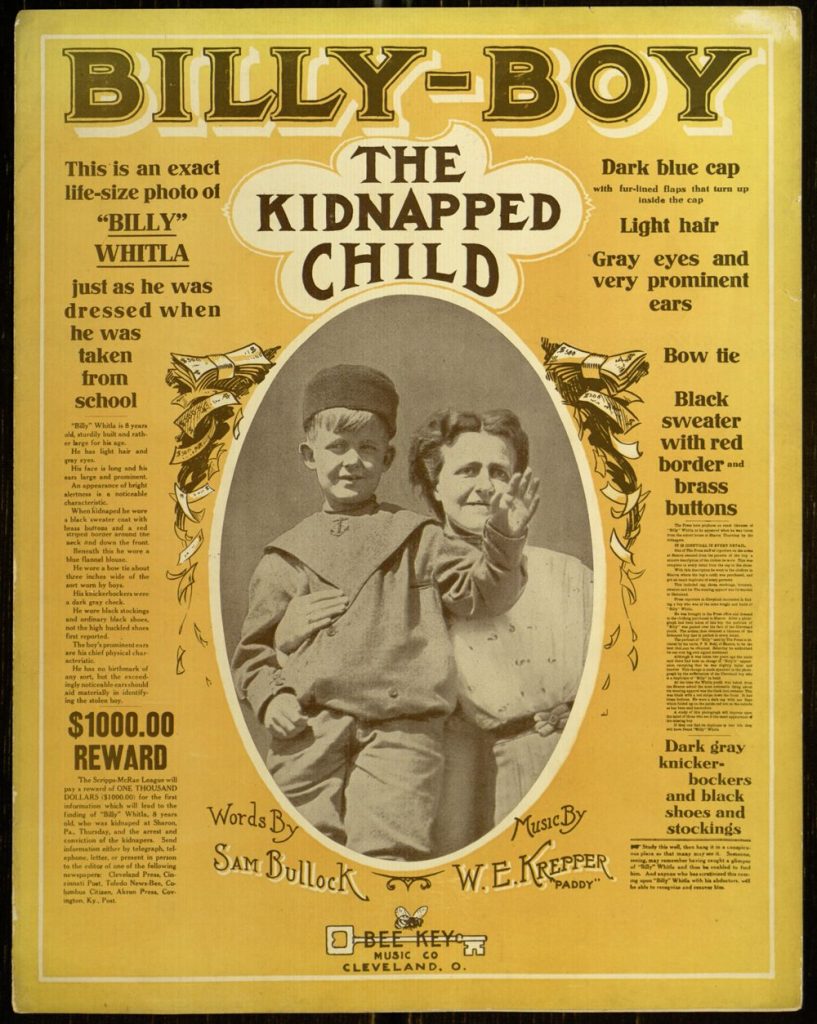Public Domain Day 2024: 1928 content from Distinctive Collections
As the year turns, another set of materials has entered the public domain. In 2019 the first set of new materials entered the U.S. public domain in over 20 years – finally making older content freely available for reuse, remixing, and open digitization. This extension has continued apace – and so on this past January 1, 2024 most works published in the U.S. in 1928 entered the public domain. In anticipation of this yearly milestone, a section of rare and distinctive materials from the collection from 1928 were digitized in the fall 2023 semester and have now been published! More 1928 content will be added to the digital offerings throughout the year. And for more check out articles from past years documenting this annual celebration: 2019 – 2022 – 2023
This year newly available from Distinctive Collection are:

Front cover, How 7, v. I, no. 5, May, 1928
How7 (May, 1928 issue)
https://digital.library.villanova.edu/Item/vudl:923699

Front cover, Mystery stories, v. XIII, no. 1, January, 1928
Mystery Stories, v. XIII (all 3 issues)
https://digital.library.villanova.edu/Item/vudl:865696
Mystery Stories, v. XIV (just the first issue)
https://digital.library.villanova.edu/Item/vudl:905149
The Novel Hunter’s Year Book, 1928
https://digital.library.villanova.edu/Item/vudl:906635

p. [1], The Gaelic American – Vol. XXV, No. 15, April 14, 1928, Whole Number 1283
The Gaelic American 1928 (51 issues)
https://digital.library.villanova.edu/Item/vudl:906344

p. [1], Public Ledger, v. 184, no. 127, Sunday morning, January 29, 1928
Public Ledger (Philadelphia Daily Newspaper – 58 issues January / February 1928)
https://digital.library.villanova.edu/Item/vudl:906326
The Suburban, Wayne Times Edition (35 issues from 1928)
https://digital.library.villanova.edu/Item/vudl:950838
The “killer’s” protégé / by Robert J. Horton
https://digital.library.villanova.edu/Item/vudl:888319

Mrs. Elizabeth O’Brien Brownlow, plate, Journal of the American Irish Historical Society, v. 27
Journal of the American Irish Historical Society, v. 27 for the year 1928
https://digital.library.villanova.edu/Item/vudl:894846

Coffin Plate, In old New York; the Irish dead in Trinity and St. Paul’s churchyards
In old New York; the Irish dead in Trinity and St. Paul’s churchyards / by Michael J. O’Brien
https://digital.library.villanova.edu/Item/vudl:884015

Front cover, Canadian Folk Song and Handicraft Festival
Canadian Folk Song and Handicraft Festival : under the auspices of the National Museum, National Gallery and Public Archives of Canada, Chateau Frontenac, Quebec, May 24-28 1928
https://digital.library.villanova.edu/Item/vudl:891697

Plate, “Cathedral of Learning”, Pittsburgh and the Pittsburgh spirit
Pittsburgh and the Pittsburgh spirit : addresses at the Chamber of commerce of Pittsburgh, 1927-1928
https://digital.library.villanova.edu/Item/vudl:882628
Official jubilee volume; life and work of His Eminence D. Cardinal Dougherty and history of St. Charles Seminary. June 10, 1928
https://digital.library.villanova.edu/Item/vudl:889181

Plate, Red Barbara and other stories
Red Barbara and other stories : The mountain tavern, Prey, The oar / Liam O’Flaherty ; illustrated by Cecil Salkeld https://digital.library.villanova.edu/Item/vudl:883062
Dance technique and rhythms; companion volume to A manual of dancing steps by Elsa Pohl, B.S.; music arranged by Carolyn Bergheim, B.A.
https://digital.library.villanova.edu/Item/vudl:890491

Front cover, Happy hours magazine, v. 4, no. 2, March-April, 1928, whole no. 20
Happy Hours Magazine v. 4
https://digital.library.villanova.edu/Item/vudl:809972
For more materials available elsewhere – as well as background on how copyrighted materials enter the public domain – see this article from the Center for the Study of the Public Domain at Duke University:
https://web.law.duke.edu/cspd/publicdomainday/2024/































